How do the pelvic floor muscles work?
They support the organs (bladder, intestines, uterus), hold them in place and adapt to stress - they tense up when sneezing, running, laughing, preventing leaks. They also control urination, defecation and increase blood flow in the intimate area, affecting sensitivity and orgasm. During pregnancy, they support the uterus, and during childbirth they stretch, helping the baby to be born. Weakening of these muscles can lead to back pain, poor posture, discomfort.
What to do? Regular exercise, weight control, proper nutrition will help strengthen the muscles. If the problem already exists, you should consult a doctor to select a treatment.
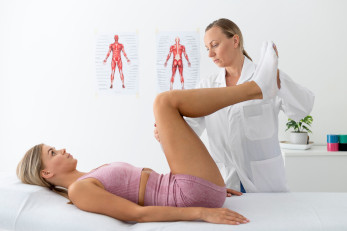
How do pelvic floor muscles become weak?
- Pregnancy and childbirth. What happens? During pregnancy, the uterus grows and presses on the pelvic floor, stretching the muscles and ligaments. If the muscles are not strong enough, they begin to lose tone. Childbirth is the main stress for the muscular-ligamentous apparatus. During natural childbirth, the muscles are stretched to the limit to let the baby through. If the birth is difficult (large fetus, ruptures, episiotomy), nerve and ligament damage is possible. In this case, recovery takes longer, and without training, the muscles may not return to normal.
- Age-related changes and hormonal levels. What's going on? After age 40, estrogen levels gradually decrease. These hormones are responsible for the elasticity and strength of tissues. Without them, muscles become flabby, ligaments weaken, and tissues retain moisture worse, making them less elastic. Menopause exacerbates the problem - a decrease in hormones accelerates the destruction of collagen, which means that ligaments and muscles lose the ability to support organs.
- Excess weight – pressure on the muscular-ligamentous apparatus. What happens? Excess body weight increases the pressure on the pelvic floor, creating the effect of constant overload. It's like wearing a heavy backpack – over time, the straps stretch and stop supporting the weight. Visceral obesity (fat around the organs) is especially dangerous – it increases the load and provokes chronic pressure on the ligaments.
- A sedentary lifestyle. What happens? If muscles are not exercised, they lose strength, like any other muscle. This leads to a decrease in tone and loss of control over their work. A sedentary lifestyle worsens blood circulation in the pelvic area, which also weakens the muscles.
- Excessive physical activity and incorrect lifting of weights. What happens? Rapid lifting of heavy objects (in the gym or at home) creates powerful pressure on the muscular-ligamentous apparatus. If the muscles are not strong, they simply cannot withstand such a load. A common mistake is holding your breath when lifting weights. This sharply increases the pressure inside the abdominal cavity, which is why the organs seem to be “squeezed” downwards, stretching the ligaments.
- Constipation and chronic straining. What happens? If your bowels aren't working properly, you have to strain hard when you have a bowel movement. This creates increased pressure on the pelvic floor, which over time weakens the muscles and ligaments. Chronic constipation is especially dangerous - it creates an abnormal pattern of muscle function, forcing them to work to the point of wear and tear.
- Chronic cough and smoking What happens? Long-term coughing creates multiple pressure surges in the abdominal cavity, literally "beating" the muscular-ligamentous apparatus. Constant tension leads to tissue stretching. Smoking aggravates the problem - it reduces the oxygen level in the tissues, worsening their ability to recover.
Symptoms and consequences of pelvic floor muscle dysfunction
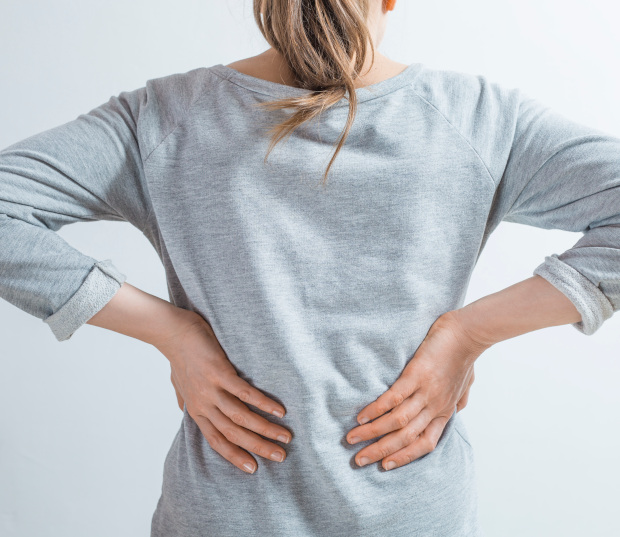
- Urinary incontinence. When sneezing, coughing, laughing or exercising, uncontrolled urine leakage occurs. The urge to urinate has become more frequent, and it is more difficult to run to the toilet
- A feeling of heaviness in the lower abdomen. Especially in the evening, after standing for a long time or exerting yourself. This is a signal that the organs have begun to descend
- Discomfort or decreased sensitivity during sex. Due to weak muscles, the vaginal walls lose tone, which reduces sensitivity and can cause discomfort
- Lower back pain for no apparent reason. Weakened muscles do not support the organs, and this creates additional stress on the lumbar region
Problems with the intestines are also a “warning bell”. Frequent constipation, the need to strain hard, a feeling that the intestines are not completely emptied.
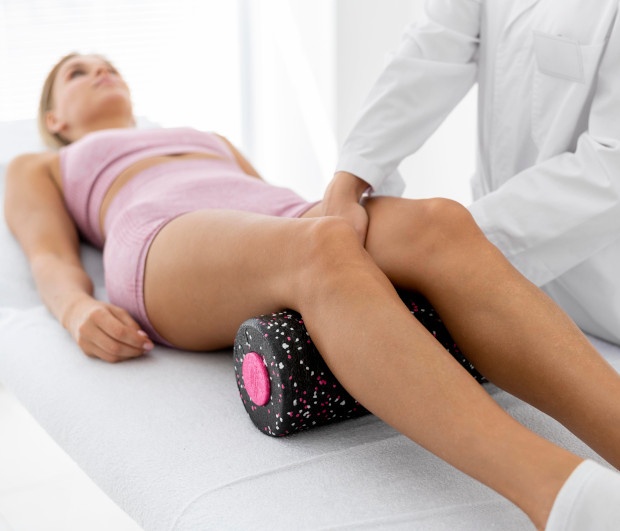
- Progressive urinary and fecal incontinence. If the muscles do not hold urine when coughing or laughing, the problem will only get worse over time. In severe cases, control is lost not only over the bladder, but also over the intestines
- Prolapse of the pelvic organs (prolapse). In the early stages, the organs begin to shift slightly downwards. This is felt as a pulling sensation or discomfort. If the process continues, the uterus, bladder or rectum can descend so much that they begin to protrude beyond the vagina
- Chronic pain. Due to constant pressure on the nerves and ligaments, pain appears in the lower back, pelvis and abdomen
- Complete prolapse of the uterus. In advanced cases, the uterus extends beyond the vagina and requires surgery
K+31 – all types of laboratory tests and the latest diagnostics to solve any gynecological problems. Sign up! Prices in the price list and by phone.
Diagnosis and strengthening of the pelvic floor muscles
When and who needs treatment and strengthening of the pelvic floor muscles?
You need to get checked for pathologies:
- After childbirth. During pregnancy and childbirth, muscles are greatly stretched and weakened. It is especially important to restore them if there were ruptures or a difficult birth. Weakening can lead to urinary incontinence, discomfort and decreased sensitivity during sex with a man
- Before pregnancy. If the muscles are in good tone, pregnancy is easier, and the risk of ruptures during childbirth is lower. In addition, recovery after childbirth is faster
- During menopause. With age, muscles lose elasticity, which can lead to prolapse of organs and urinary incontinence. Regular exercise helps to avoid these problems
- With urinary incontinence. If even occasionally unpleasant situations arise when coughing, laughing or physical activity - this is already a sign that the muscles have weakened. The sooner you start training, the easier it is to correct the situation
- With frequent constipation. If you have to push often, the muscles become overloaded, which can lead to organ prolapse. Strengthening the pelvic floor helps reduce the load and improve bowel function
- After pelvic surgeries. If you have had a gynecological operation, such as a hysterectomy, the muscles may weaken and the organs may shift. Exercises help keep them in the correct position
- For lower back and pelvic pain. These muscles are connected to the spine and abdominal muscles, so their weakness can lead to back pain, a feeling of heaviness in the lower abdomen, and problems with posture
- If you have lost sensitivity during sex. Weakened muscles make the vagina less elastic, which affects sensations. These are not just age-related changes - the situation can be corrected. Exercises improve blood circulation, restore elasticity, and increase sensitivity
The main thing is not to put it off and start taking care of your health.
How to check your pelvic floor muscles?
We tell you about the most important examinations in diagnostics.
Sphincterometry – checking muscle strength
This diagnostic option helps to determine how strong and resilient the muscles are, as well as how the sphincters that control urination and defecation work.
How it goes:
- The doctor inserts a small sensor into the rectum or vagina – it measures how the muscles react
- The patient tenses the muscles, and the device records their strength
- Additionally, it measures how long the muscles can remain tense
Sphincterometry shows whether there is weakening or, conversely, excessive tension in the muscles, which can cause unpleasant symptoms.
ENMG – assessing nerve function
Electroneuromyography (ENMG) checks whether the nerves are transmitting signals to the musculoskeletal system correctly. If there are failures in this system, the muscles may not work properly, which leads to discomfort and problems.
How the diagnostics are performed:
- Small electrodes are attached to the skin in the perineal area - they record nerve impulses
- The patient tenses and relaxes the muscles on the doctor's command, and the device records how the signals are transmitted
- If a more accurate diagnosis is required, thin needle electrodes are used, which are inserted directly into the muscle
ENMG helps to detect nerve damage, determine whether there are muscle spasms or weakness, and understand how well the muscles work under the control of the nervous system.
How can a woman strengthen her pelvic floor muscles?
There are two main ways to restore their strength: exercises and special exercise machines.
Method #1. Kegel exercises
This approach was developed by doctor Arnold Kegel, who noticed that women's pelvic floor muscles weaken after childbirth. As a result, problems with urine retention, discomfort, and decreased sensitivity arise. Exercises help to return everything to normal.
How can a woman understand which muscles need to be trained?
Try to stop the flow during urination. The muscles that you strain at this moment are the ones that need to be trained.
How to do the exercises:
- Tighten your muscles as if you want to hold back urination
- Hold the tension for 5-10 seconds, then relax
- Repeat 10-15 times. Do 2-3 sets per day
The convenience is that you can exercise at any time and in any place: while driving, in line, at work. The main thing is regularity. If you do the exercises occasionally, there will be no effect.
Method #2. Exercise machines for strengthening the pelvic floor muscles
If it is difficult to understand whether you are doing the exercises correctly, or the muscles are too weak, special exercise machines will help.
What are they:
- Vaginal cones are small weighted capsules that you hold inside. If the muscles are working correctly, the cone will not fall out. It is similar to strength training, but for intimate muscles
- Electro-stimulators are devices that send electrical impulses, causing muscles to contract. A good option if it is difficult to train on your own
- Biofeedback trainers are gadgets that show on the smartphone screen how well you are straining your muscles. This helps to monitor progress and adjust technique
Trainers are especially useful if the muscles are already very weak or you want to see results faster.
Prevention of pelvic floor muscle dysfunction
What will help keep your muscles toned:
- Do Kegel exercises. Find the right muscles (try to stop the flow of urine), tense them for 5-10 seconds, relax. Repeat 10-15 times, doing 2-3 sets per day. Important: do not tense your buttocks and abs
- Control your weight. Extra pounds increase the load on the perineal area. Even a small weight loss reduces the risk of urinary incontinence and prolapse of organs
- Lift weights correctly. Before lifting, tighten your pelvic floor muscles, keep your back straight, do not hold your breath, and distribute the load smoothly
- Monitor your diet to avoid constipation. Eat more fiber (vegetables, fruits, cereals), drink at least 1.5 liters of water per day, reduce coffee and alcohol, as they dehydrate the body
- Breathe correctly. When coughing, lifting weights and playing sports, do not hold your breath - exhale smoothly to reduce the load on the perineal area
- Do not go to the toilet "just in case". Frequent trips without urge disrupt the functioning of the bladder. The optimal interval is once every 3-4 hours
- Watch your posture. Slouching and forward bending weaken the perineal area. Keep your back straight, especially if you sit a lot.
- Choose the right physical activity. Yoga, swimming, Pilates and water aerobics strengthen the perineal area without overloading. Running, jumping and heavy training can weaken them
- Don't overwork your muscles after giving birth. Recovery takes up to 6 months, so start with light exercises and increase the load gradually
Important! Monitor your hormonal background during menopause. After 45, muscles weaken due to decreased estrogen levels. Your doctor may prescribe creams or suppositories with estrogen to maintain tone.

Answers to popular questions
Doctors from K+31 (Moscow) comment:
When will the results of the exercises appear?
Is it possible to train muscles during pregnancy?
At what age should you start strengthening your pelvic floor muscles?

This award is given to clinics with the highest ratings according to user ratings, a large number of requests from this site, and in the absence of critical violations.

This award is given to clinics with the highest ratings according to user ratings. It means that the place is known, loved, and definitely worth visiting.

The ProDoctors portal collected 500 thousand reviews, compiled a rating of doctors based on them and awarded the best. We are proud that our doctors are among those awarded.
Make an appointment at a convenient time on the nearest date
Other services
Rehabilitation after surgical treatment
Stroke rehabilitation Rehabilitation after back diseases Rehabilitation treatment for hip arthroplasty Rehabilitation after rupture of ligaments and tendons Foot rehabilitation after surgery and fractures


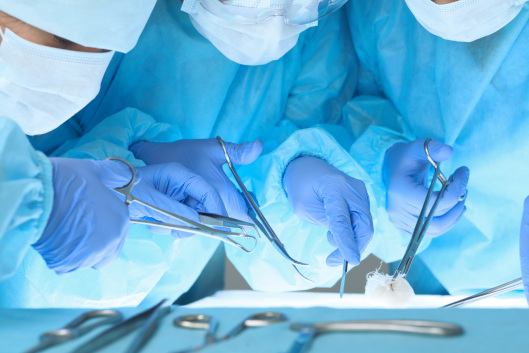






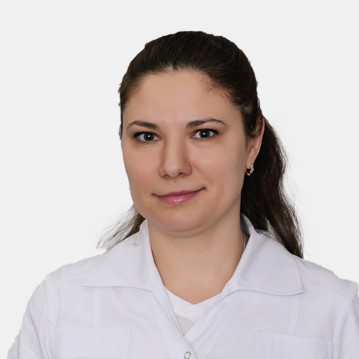







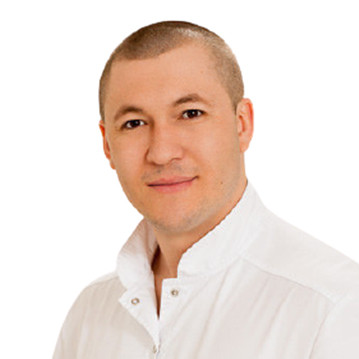






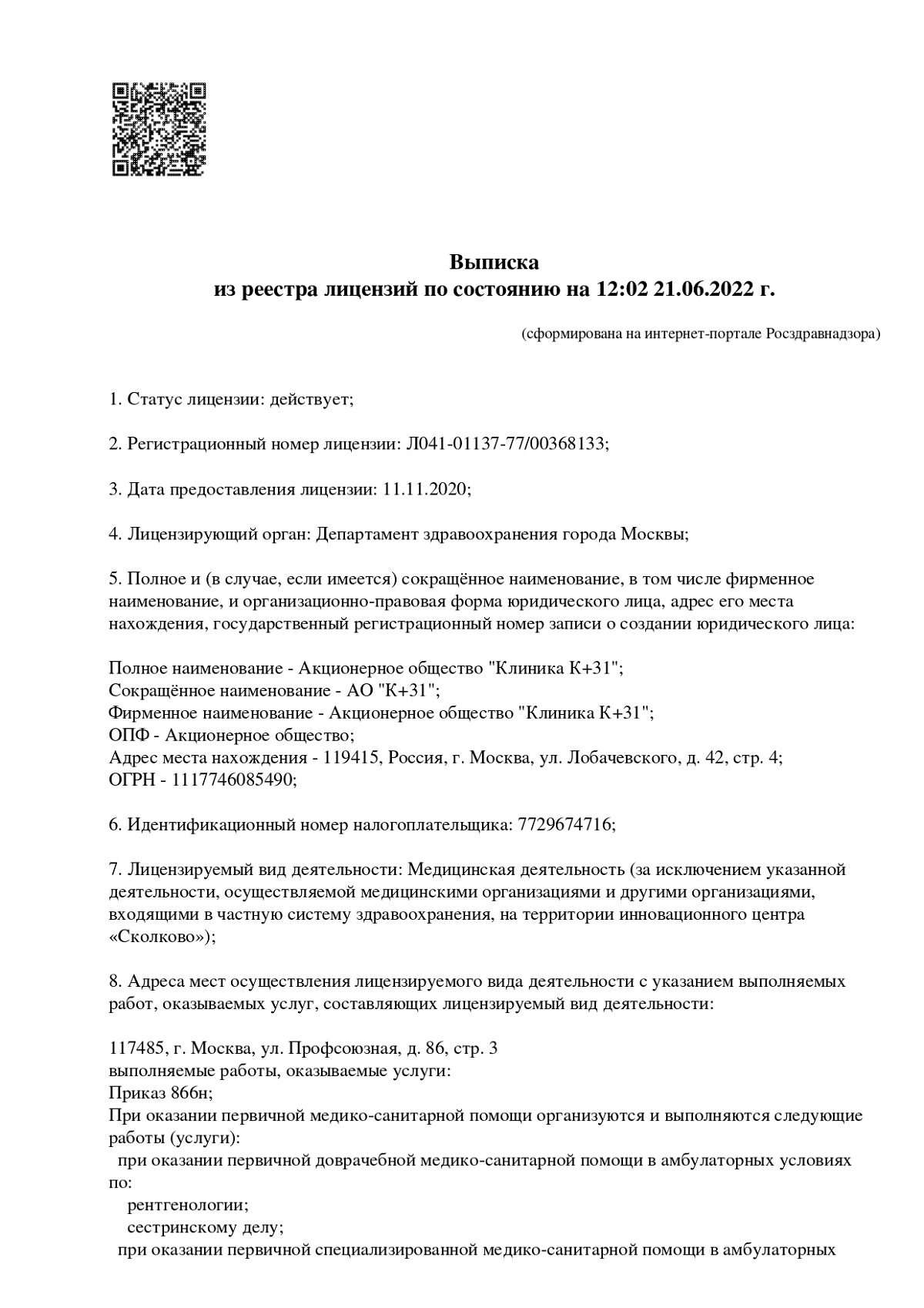
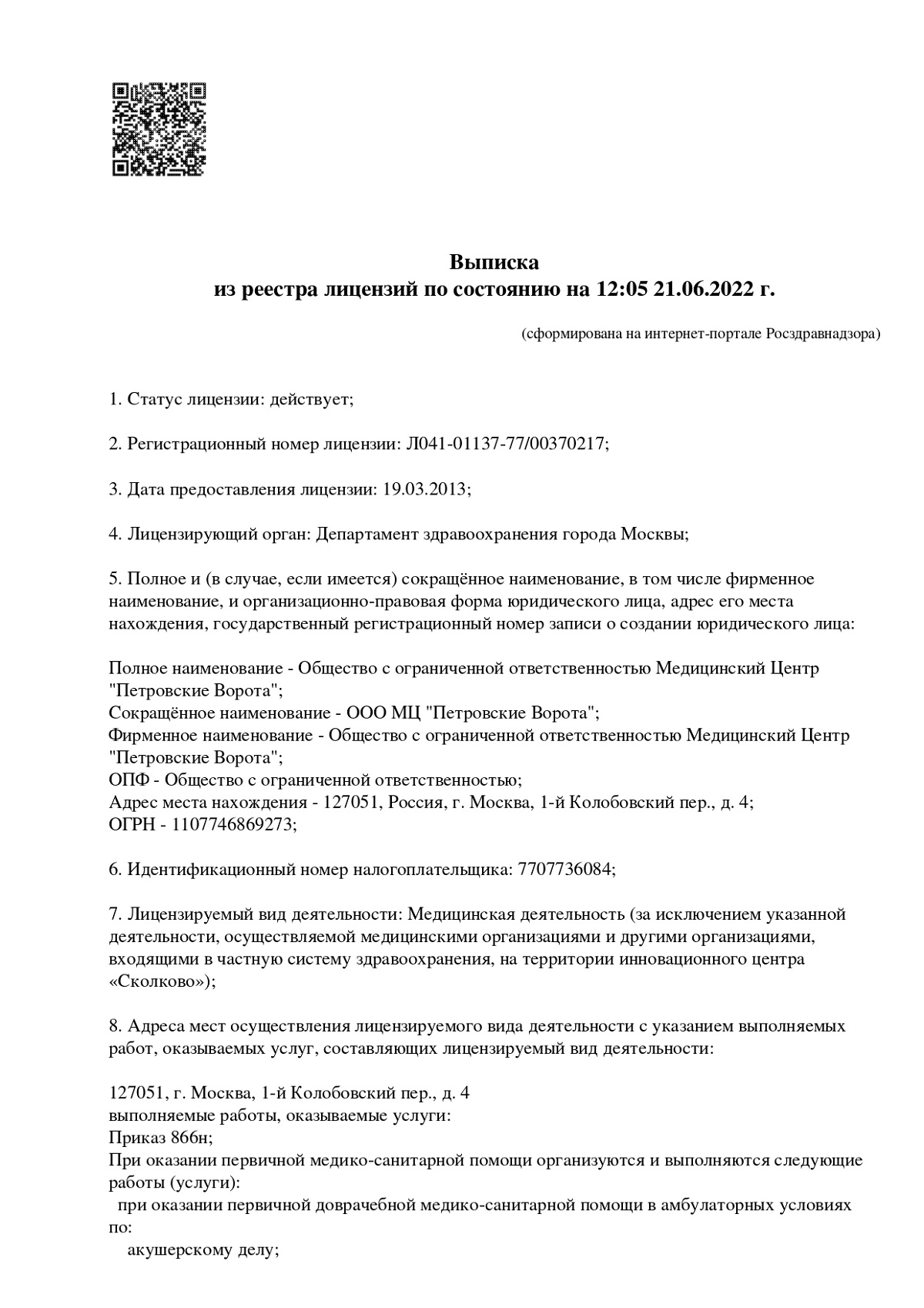
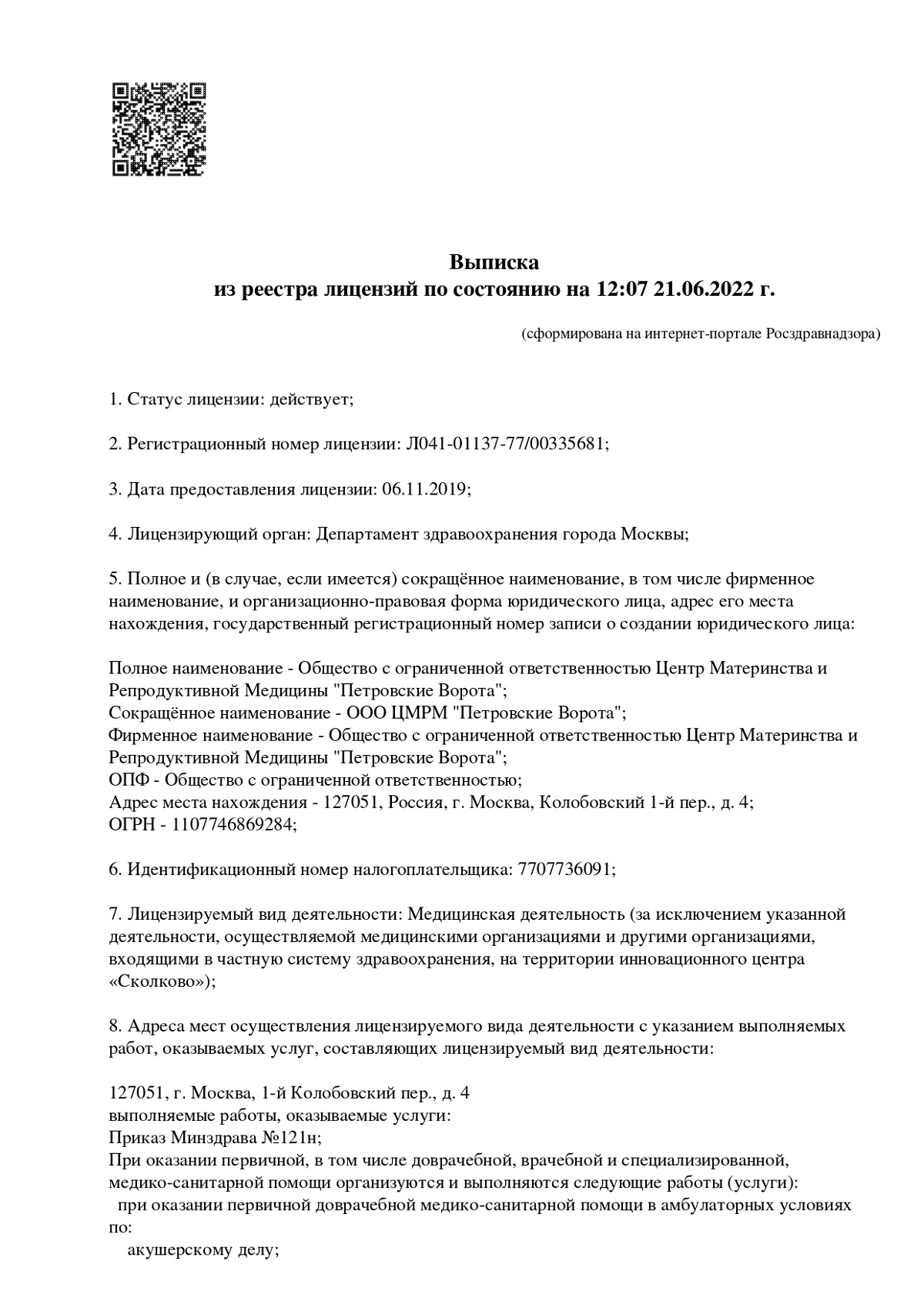
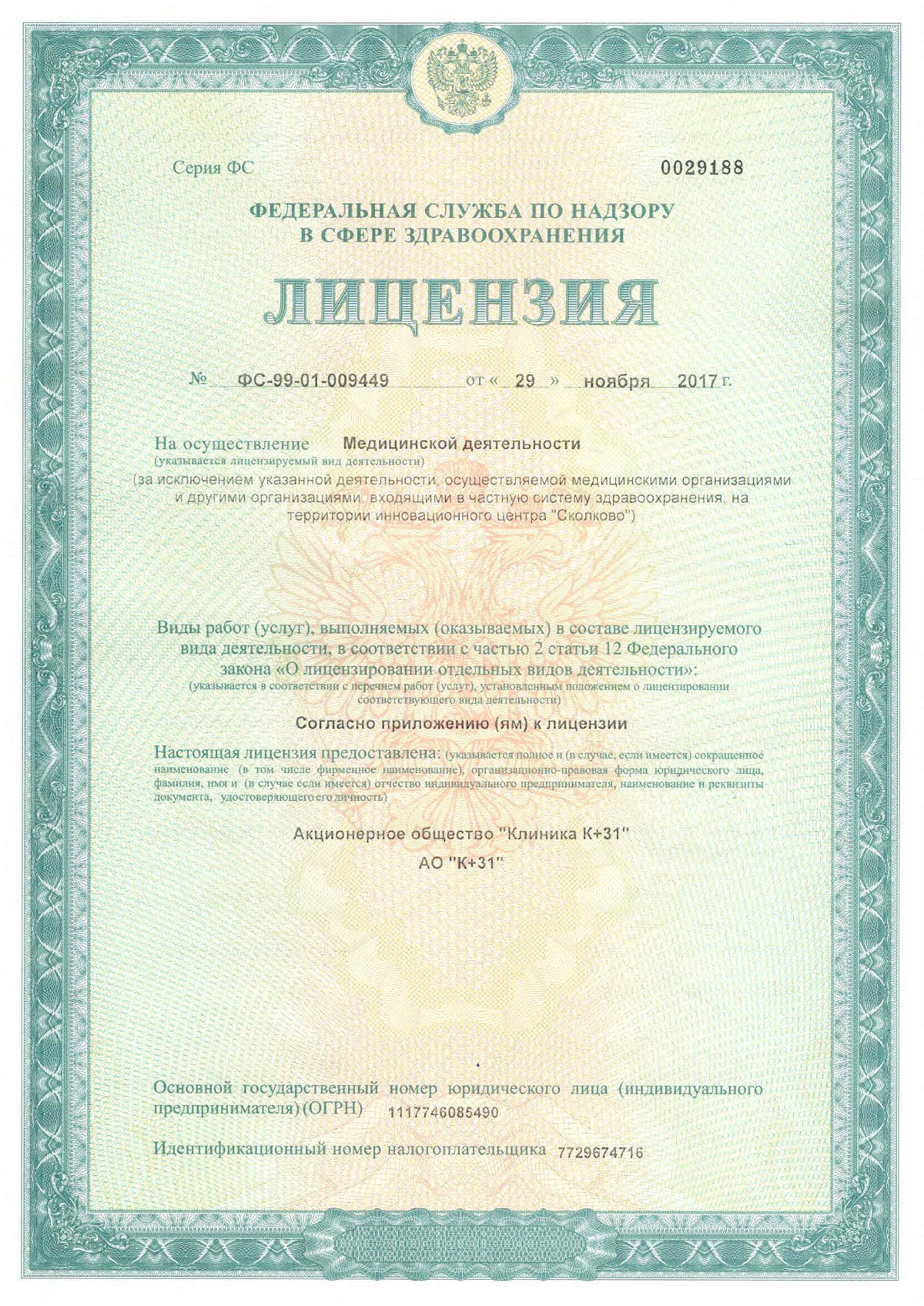
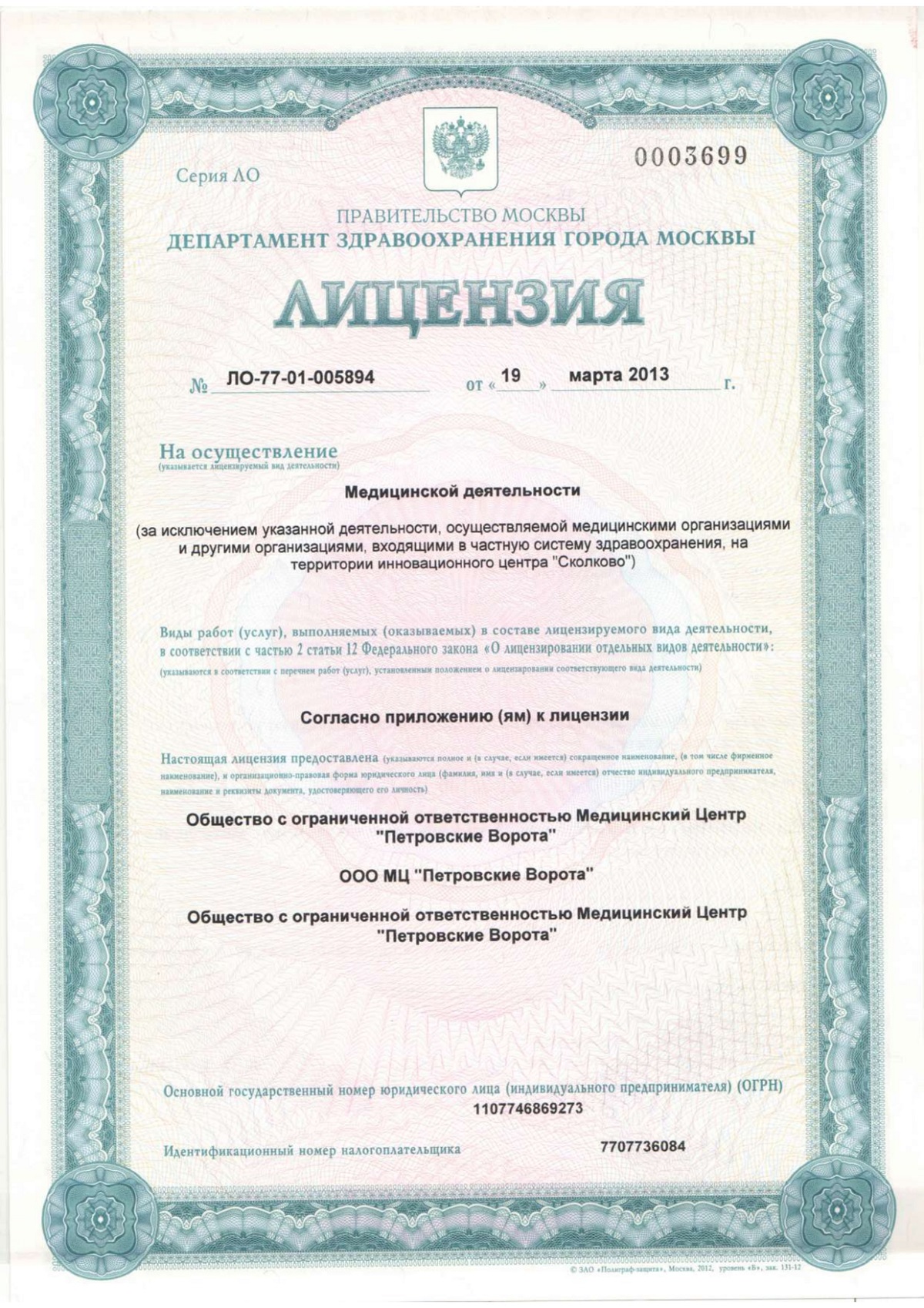
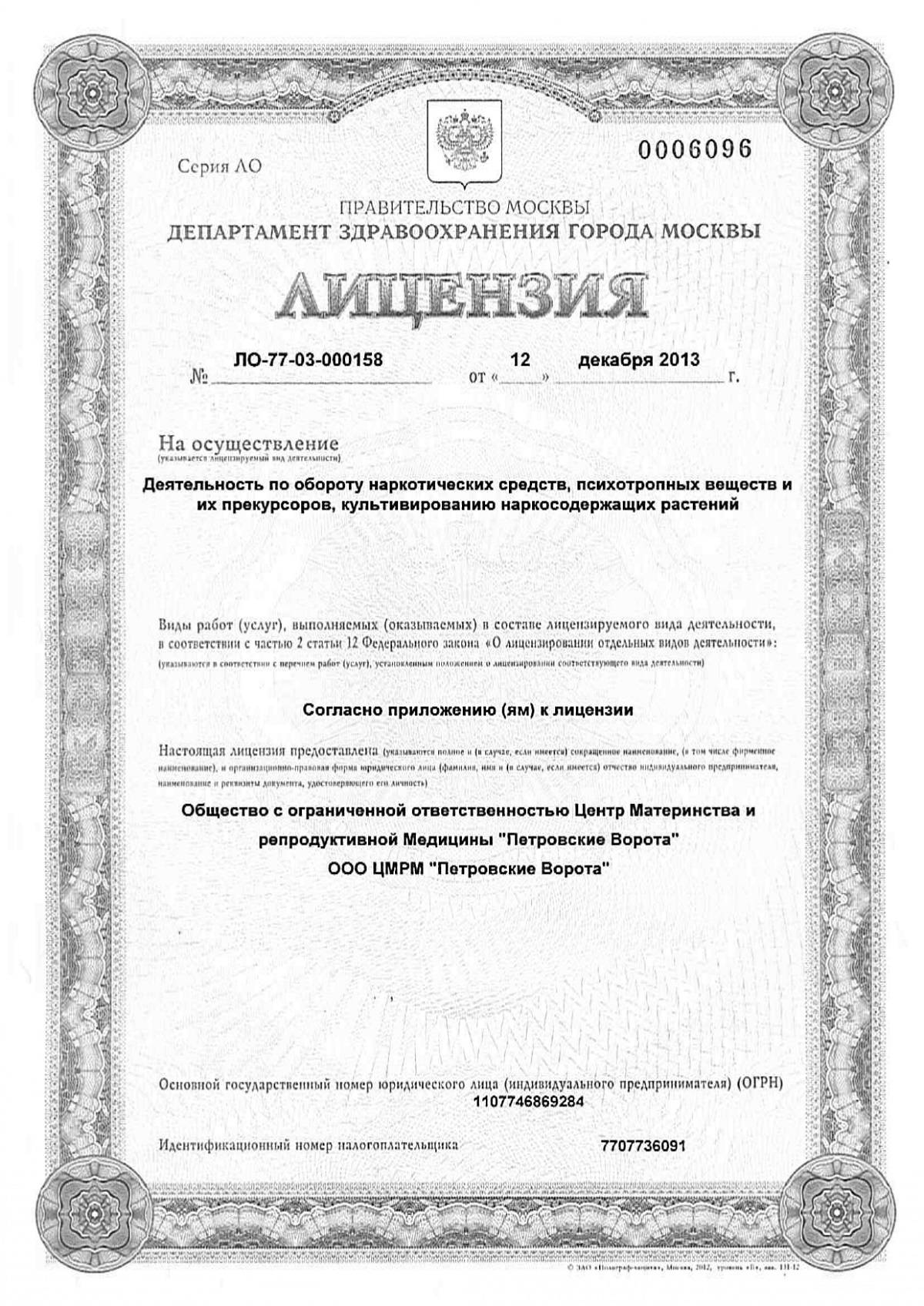
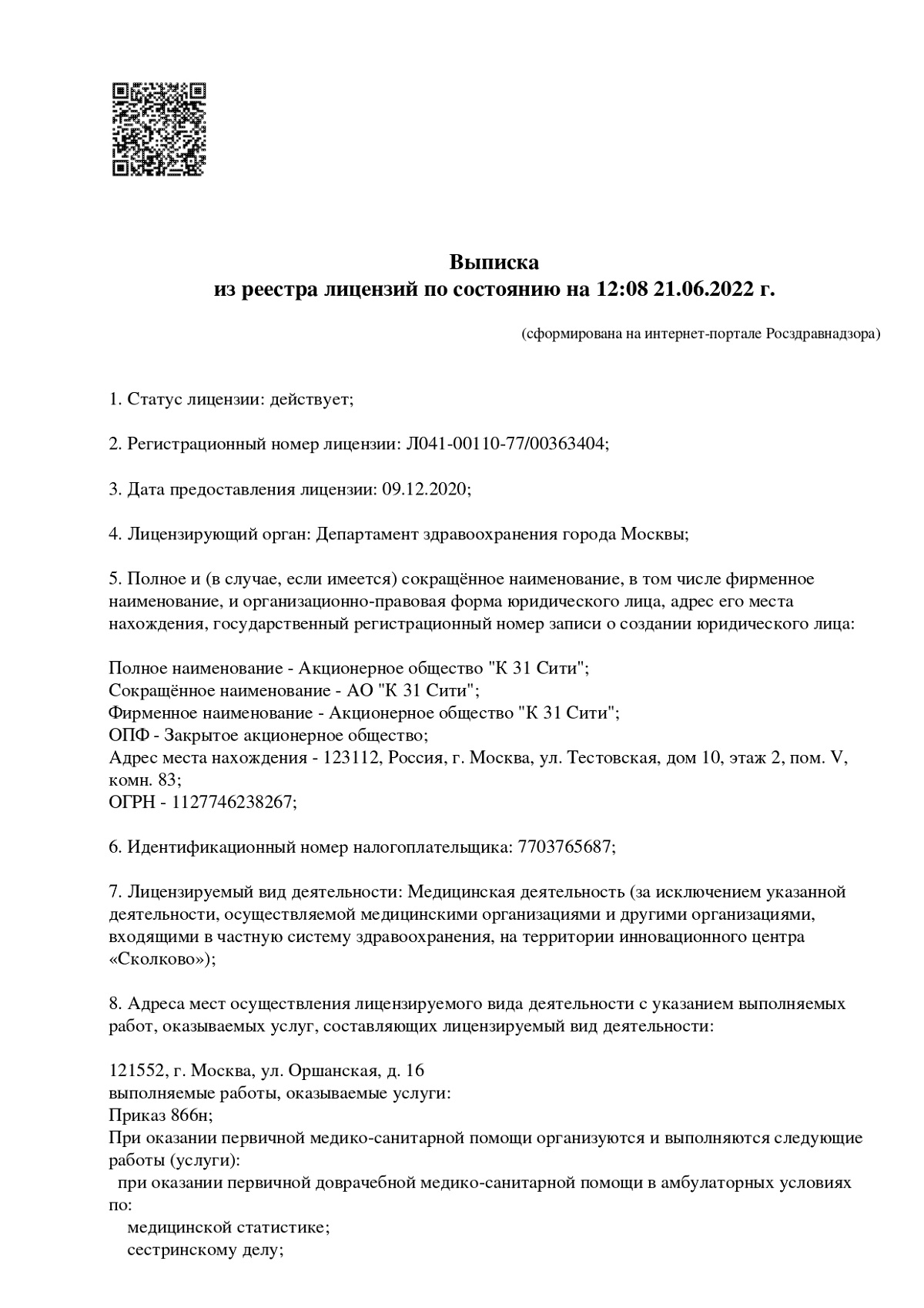
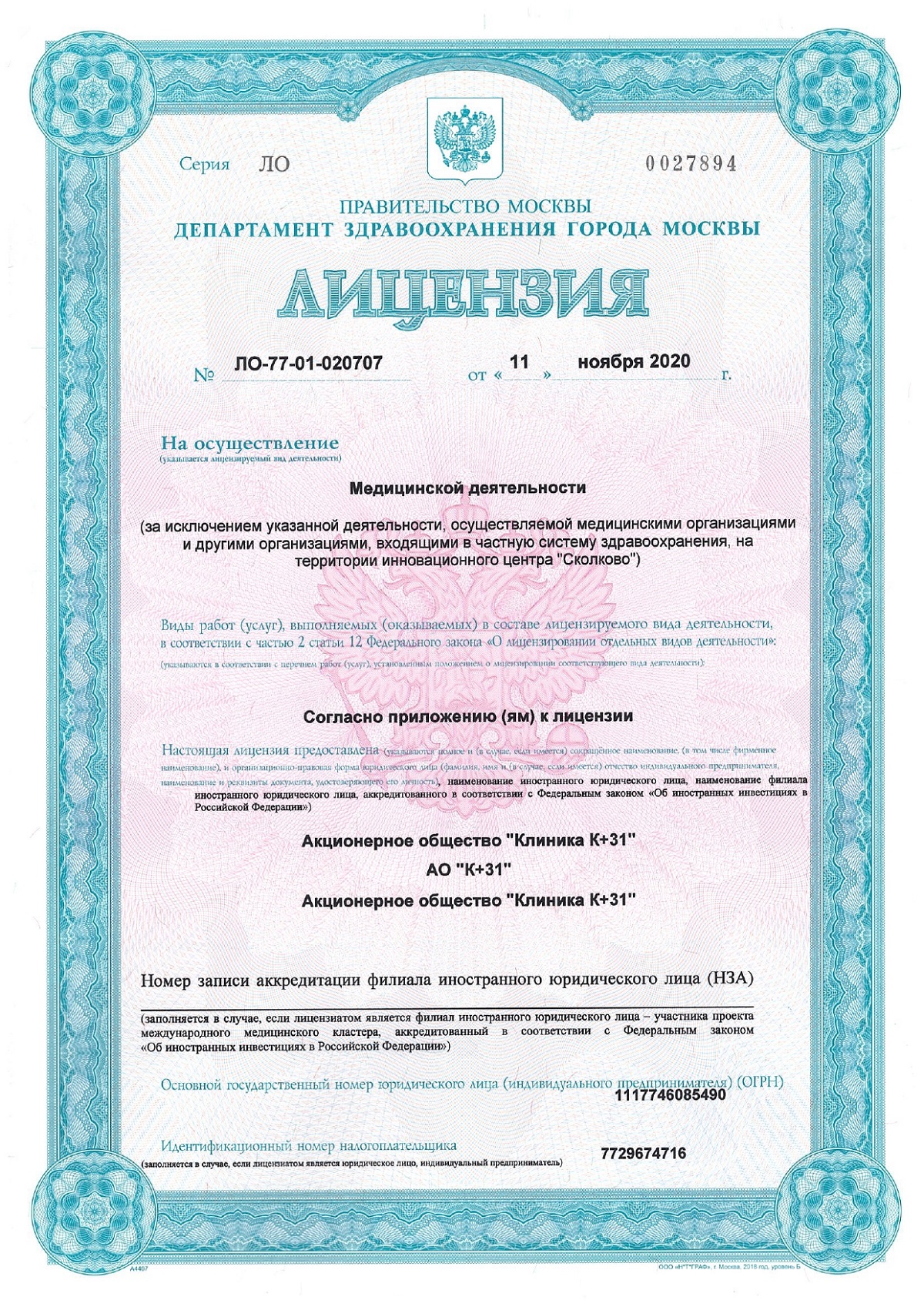
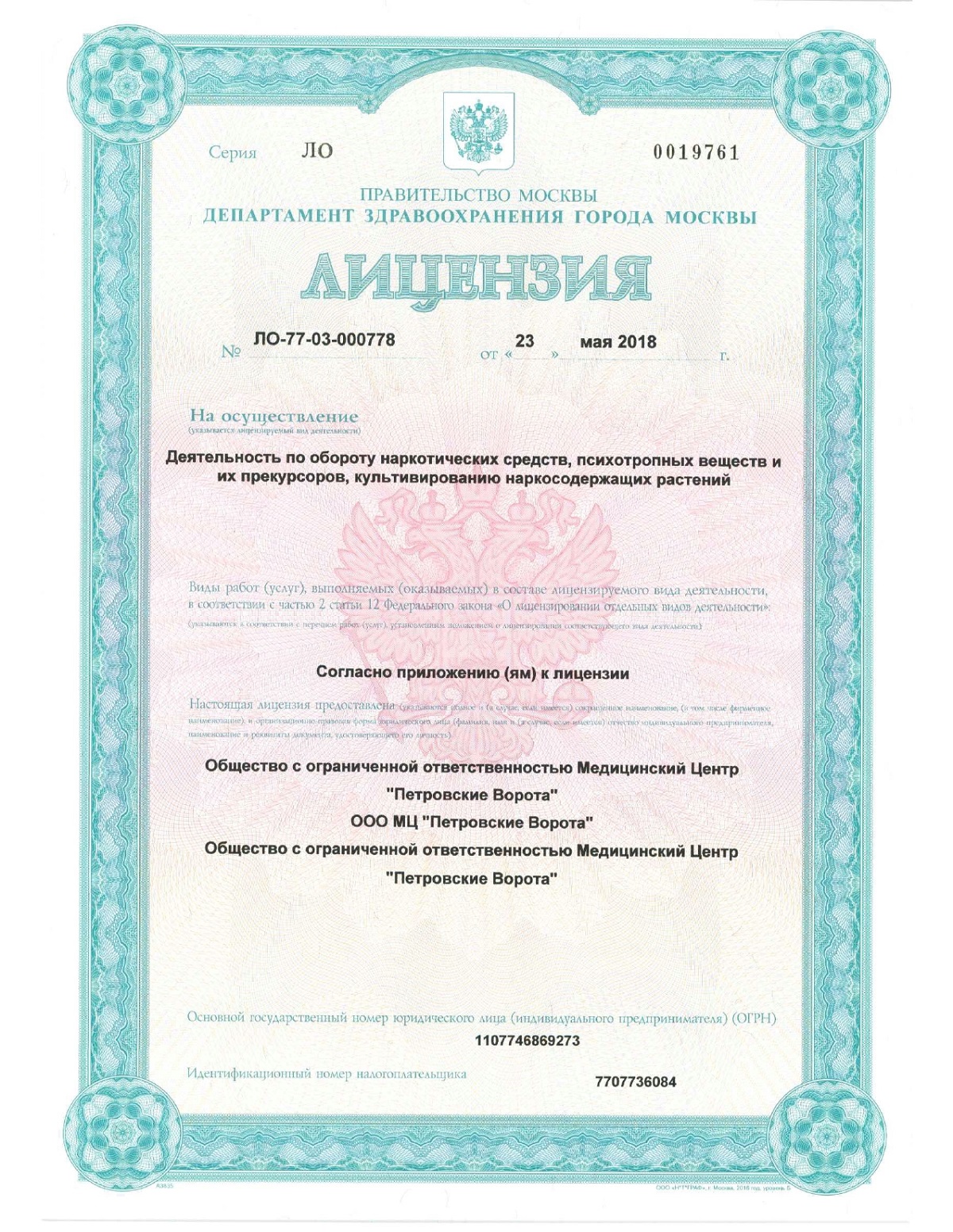
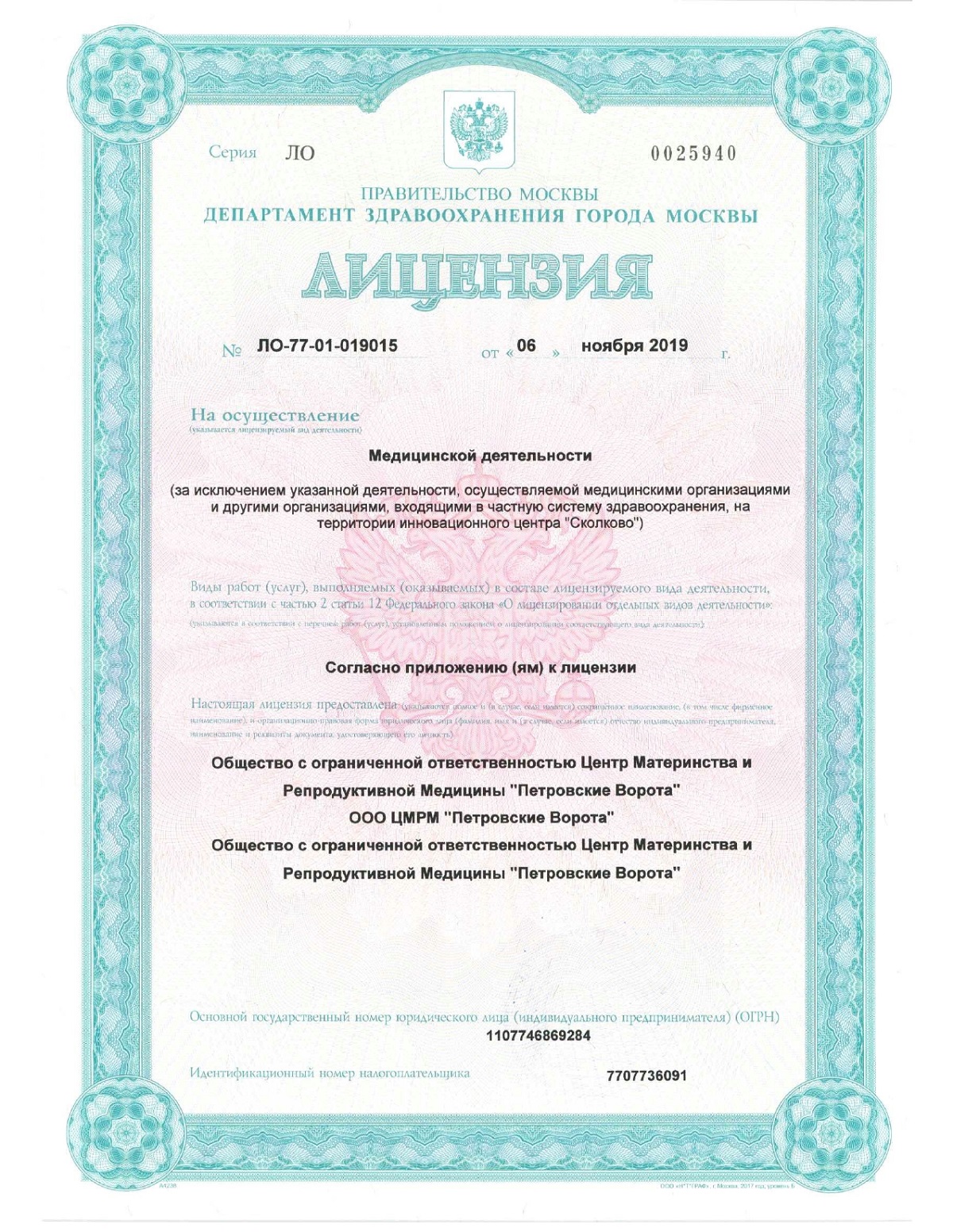
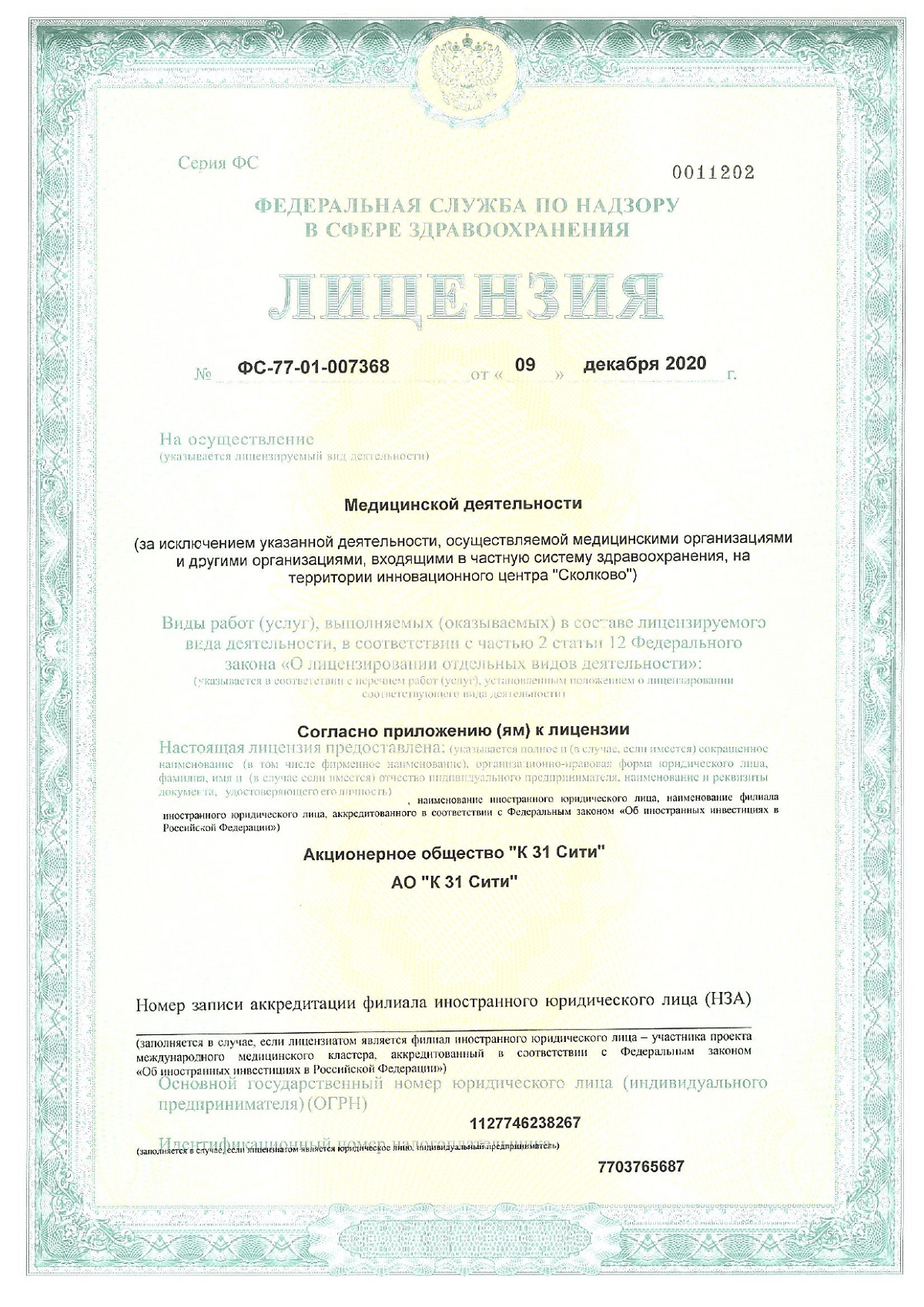


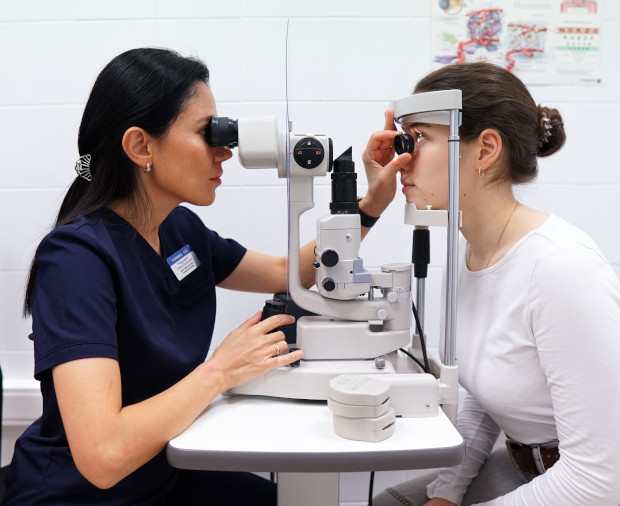


What are the pelvic floor muscles?
The pelvic floor muscles are an "internal corset" that supports the uterus, bladder, intestines, and other organs. They work as a strong frame, holding everything in place and preventing the organs from "falling" down. Without them, normal functioning of the bladder and intestines would be impossible.
The pelvic floor muscles work unnoticed, but too much depends on them: control of urination, support of internal organs, comfort during intimate life. While they are normal, a person does not even think about their existence. But as soon as the system fails, uncontrollable urges to go to the toilet, discomfort, heaviness in the lower abdomen, or decreased sensitivity appear.